Overcoming The Barriers to Use Channel Data
Supply Chain Shaman
JULY 30, 2022
” (The use of the term “basics” is usually code for the implementation of Enterprise Resource Planning (ERP) to improve order-to-cash and procure-to-pay.). The problem is that warehouses are full. End-to-End Definition Implementation of enterprise data architectures to improve order-to-cash and procure-to-pay.


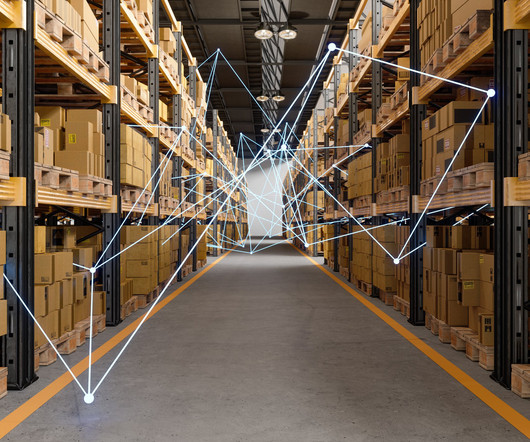
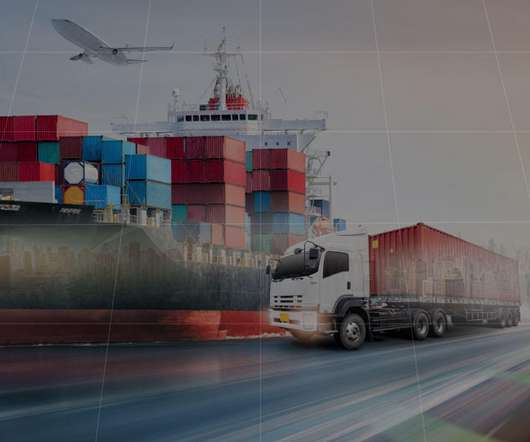
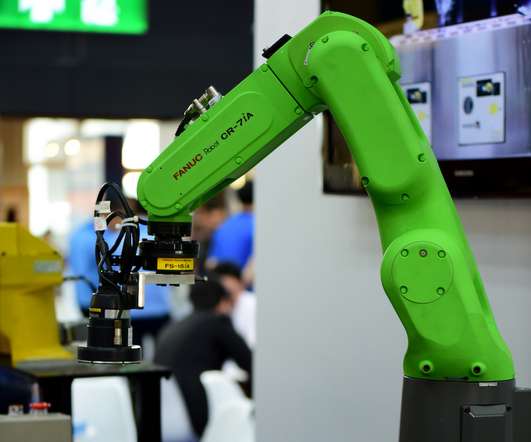


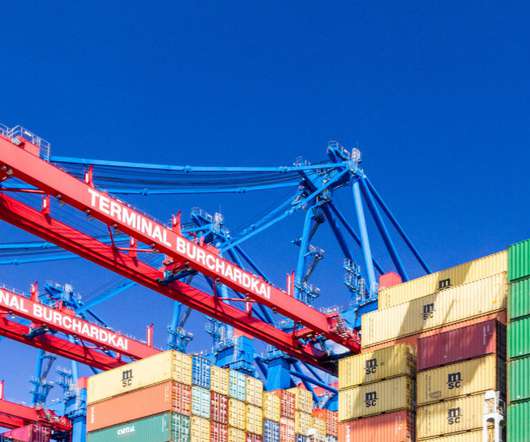
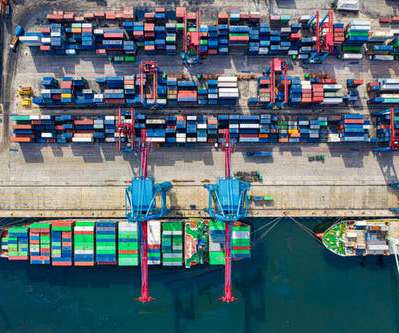
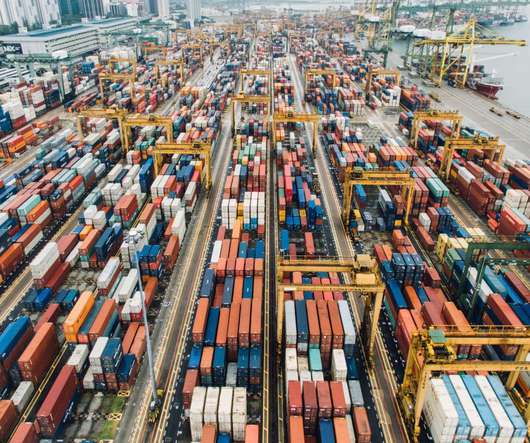













Let's personalize your content